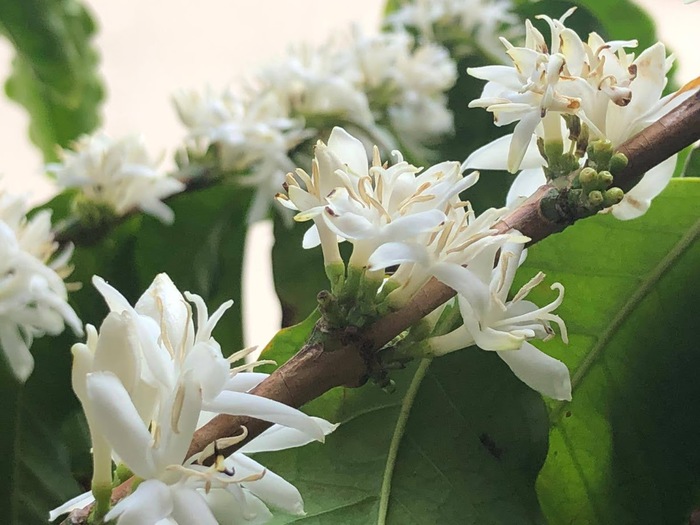It is on a coffee plant that arrived in 2008 from Costa Rica that the Xylella fastidiosa bacterium made its first appearance in Italy, to later adapt to olive trees in Puglia, eventually killing millions of plants.
To confirm the hypothesis of the origin of the killer of the olive trees is a study conducted by scientists in Italy, France and the United States published in the scientific journal 'Nature', in which the Italian researcher Maria Saponari of the Cnr-Ipspi of Bari participated. some genetic traits that may have helped the bacterium spread are also slow.
"Xylella fastidiosa is an invasive pathogen that can infect at least 595 plant species - explains Saponari - discovered in Europe in 2013 and causes the so-called complex of rapid drying of the olive tree (Codiro), which causes leaves to dry,
Between 2013 and 2017, scientists collected twig samples from more than 70 infected trees and used a new protocol to extract bacterial DNA, focusing on its variability.
"The more differences we see in the sequences - specifies the researcher - the longer Xylella must have been in Italy, because it means that it had more time to produce mutations as it adapted to the new environment and the new host species".
And this DNA was also compared with four Costa Rican samples of coffee plants, which confirm the idea that the Italian pathogen comes from Central America.
There were only small differences between the Costa Rican and Apulian samples, and even fewer differences within the Italian population.
Considering the average mutation rate of these bacteria, the researchers were also able to confirm 2008 as the most likely year for the introduction of Xylella in Italy.
This would be consistent with the first reports of infected trees by Apulian farmers in 2010, as the disease incubation period can last more than two years.
By inoculating the bacterium into coffee plants and spreading the infection to olive trees in a controlled way through insects called 'sputtachins' (the natural vector of Xylella), the researchers were able to show that it can pass from one species to another.
The differences between the Costa Rican and Italian genomes, although small, are significant.
"The Italian strain has lost some genes and acquired others that are potentially related to adaptation to Apulian olive trees," Saponari points out.
Genes that could become new targets for fighting the disease, for example by modifying the bacterium so that it can no longer infect olive trees.
To confirm this idea, scientists would need to create a mutated Xylella strain, with silenced or added genes;
studies according to the researcher, difficult to perform in Italy, due to the lack of facilities with the quarantine facilities necessary to manipulate the pathogen.
To date, there are still problems in Puglia, even if the epidemic is slowing down compared to the levels reached between 2015 and 2018 around the cities of Lecce and Brindisi.
"In recent years we have found outbreaks in the Bari area to the north - concludes Saponari - but the spread of the epidemic is lower, thanks to containment measures and the fact that this area is more diversified, with different crops and landscapes".

